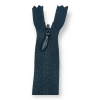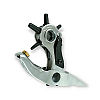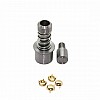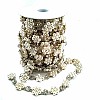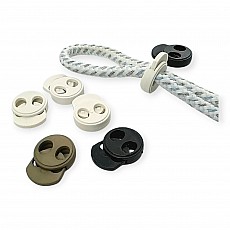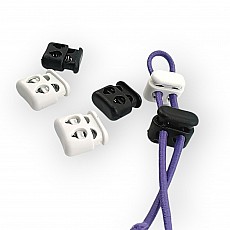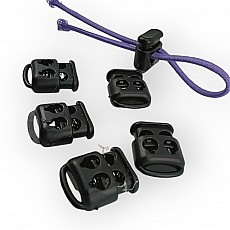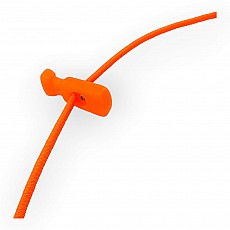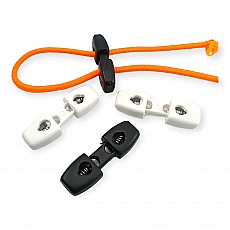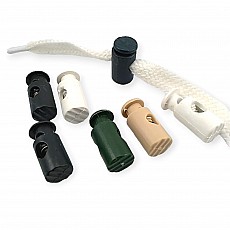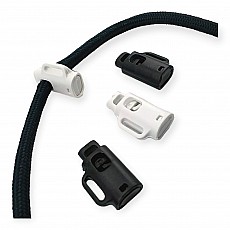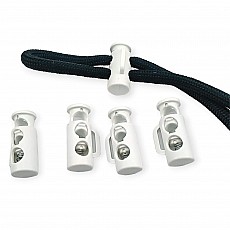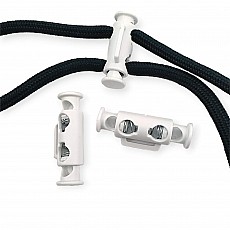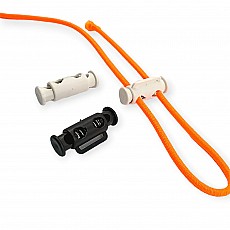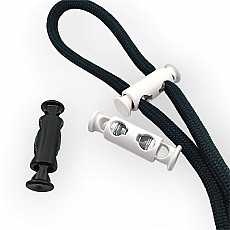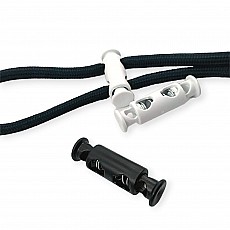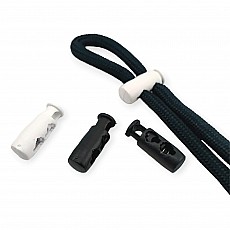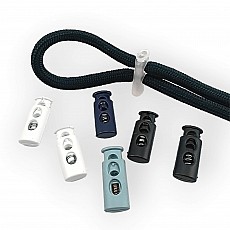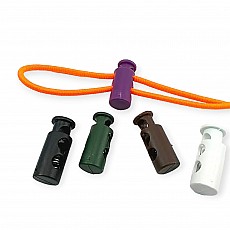Product Description:
This two-hole plastic stopper is designed for use in a wide range of clothing and textile applications. Its sturdy construction ensures secure fastening and adjustment, making it ideal for controlling cord lengths and maintaining a neat appearance in garments. With a simple yet..
0.06 USD
Product Description:
This two-hole plastic stopper is designed for use in a wide range of clothing and textile applications. Its sturdy construction ensures secure fastening and adjustment, making it ideal for controlling cord lengths and maintaining a neat appearance in garments. With a simple yet..
0.04 USD
Product Description:
This two-hole plastic stopper is designed for use in a wide range of clothing and textile applications. Its sturdy construction ensures secure fastening and adjustment, making it ideal for controlling cord lengths and maintaining a neat appearance in garments. With a simple yet..
0.05 USD
This single-hole plastic stopper has a 5 mm hole diameter and stands out with its top press special model. Made from durable materials, it ensures long-lasting use. It securely holds ropes or cords, making it suitable for various projects.
Usage: Single-hole plastic stoppers are widely used in fa..
0.07 USD
This two-hole plastic stopper is the perfect solution for securing flexible materials. Made from durable plastic material, it ensures long-lasting use. With a 4 mm hole diameter, it can secure various ropes and cords. The top and bottom press mechanism allows for easy use and provides a secure grip...
0.08 USD
This 5 mm hole diameter single hole plastic stopper offers a durable and long-lasting solution. Its top press special model ensures easy use and can be comfortably utilized in a wide range of projects. Suitable for both personal and industrial applications.
Use Case:
Single hole plastic stoppe..
0.04 USD
The Single Hole Plastic Stopper Large Model stands out with its durability and practical use. This stopper, with a 5 mm hole diameter, is designed to be compatible with various cords and ropes. The top press mechanism allows for quick and easy use. Made from high-quality plastic, this stopper is lon..
0.06 USD
Plastic stoppers are used to fix and tighten cords, laces, threads and elastics to the desired length. It is long-lasting because it has a solid and flexible structure. Plastic stoppers, which have many different options and models, are produced in many different colors. Since it is made of plastic ..
0.09 USD
This double-hole plastic stopper is an excellent solution for securing flexible materials. With a 6 mm hole diameter, this stopper offers a strong and reliable grip. The top press mechanism makes it easy to use, and the side bridge design provides extra security. This stopper is ideal for both indus..
0.07 USD
Double-hole plastic stopper, 6 mm hole diameter, top and bottom press, side bridge design, durable plastic material, various usage areas, easy to use, reliable grip.
Usage Areas: Tent ropes, sports equipment, clothing accessories, DIY home projects, camping gear, industrial applications.
Detai..
0.11 USD
Two-Hole Plastic Stopper, 3 mm Hole Diameter, Top and Bottom Press, Side Bridge
This two-hole plastic stopper, with a 3 mm hole diameter, is an ideal solution for securing cords and ropes. It features a top and bottom press mechanism for easy use and a side bridge design for extra security. Made ..
0.06 USD
The Double Hole Long Plastic Stopper - 3 mm Hole Diameter, Top and Bottom Press Special Model is a durable and functional product, preferred in various applications. Its special design, which can be pressed from both the top and bottom, provides users with easy and reliable use. The 3 mm hole diamet..
0.05 USD
The special model two-hole long plastic stopper, with a 5 mm hole diameter, is designed for durability and functionality. Its top and bottom press mechanism ensures ease of use and secure holding. This stopper is ideal for securing various types of ropes and cords, offering a wide range of applicati..
0.11 USD
This two-hole plastic stopper is designed for projects requiring durability and ease of use. With a 4 mm hole diameter, it is ideal for securely fastening various cords and ropes. The top press mechanism allows for quick and practical use. Its simple model provides an aesthetic and functional soluti..
0.04 USD
The two-hole plastic stopper is the perfect solution for securing ropes and cords. Featuring a 4 mm hole diameter, this long model is made of durable plastic and includes a top-press mechanism for easy use. It can be flexibly and reliably used in various projects.
Product Features:
Materi..
0.04 USD
This double hole plastic stopper features a 5 mm hole diameter and a top-press mechanism in a long model design. Made from durable materials, it provides excellent performance in various applications. It is perfect for securing ropes, cords, and elastics. Its aesthetic and functional design adds bot..
0.06 USD

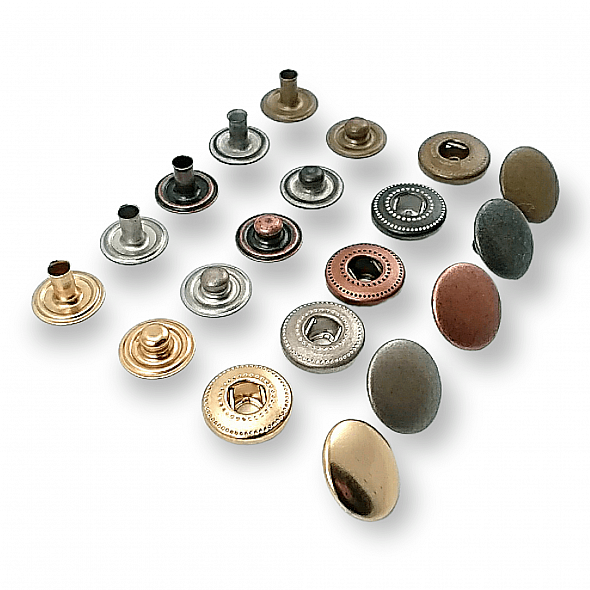
-no5-k0010%20(3)-590x590.jpg)
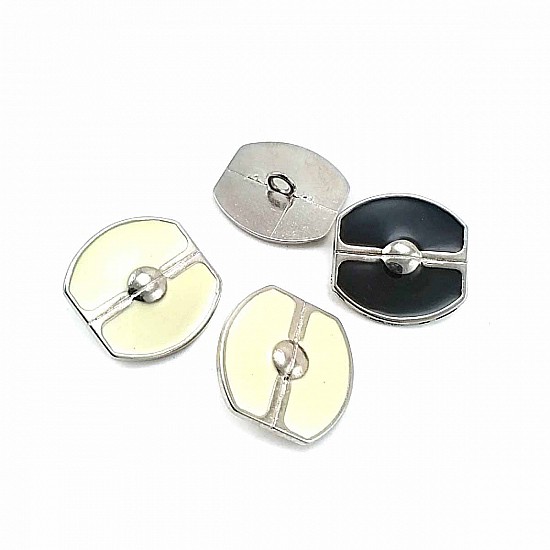
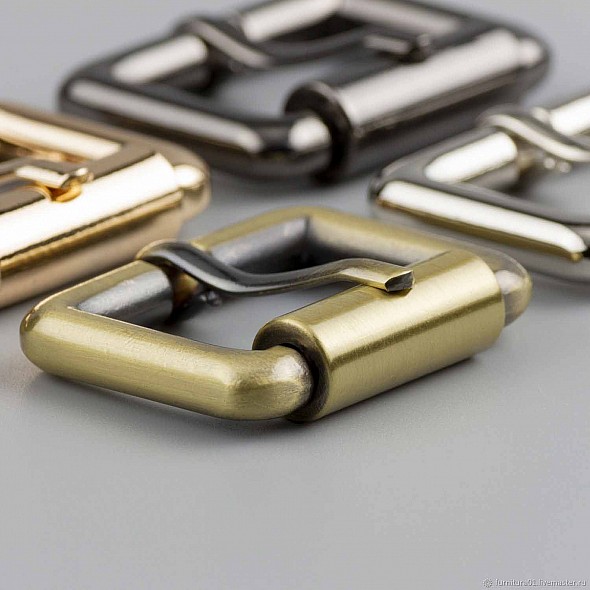
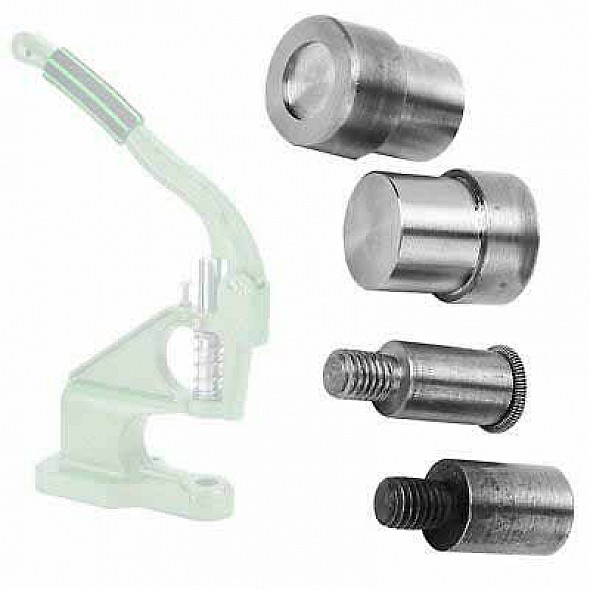
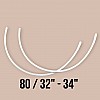
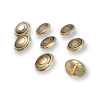
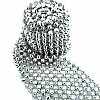
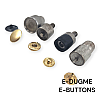
-TR0032PKS-100x100.jpg)
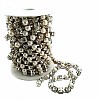
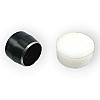
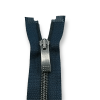
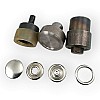
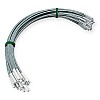
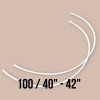
-TR0021PK-100x100.jpg)
